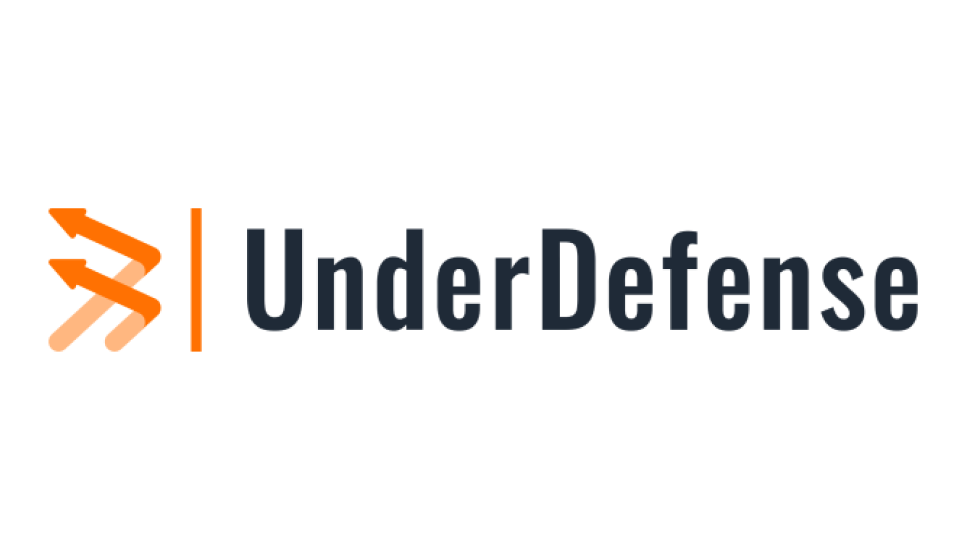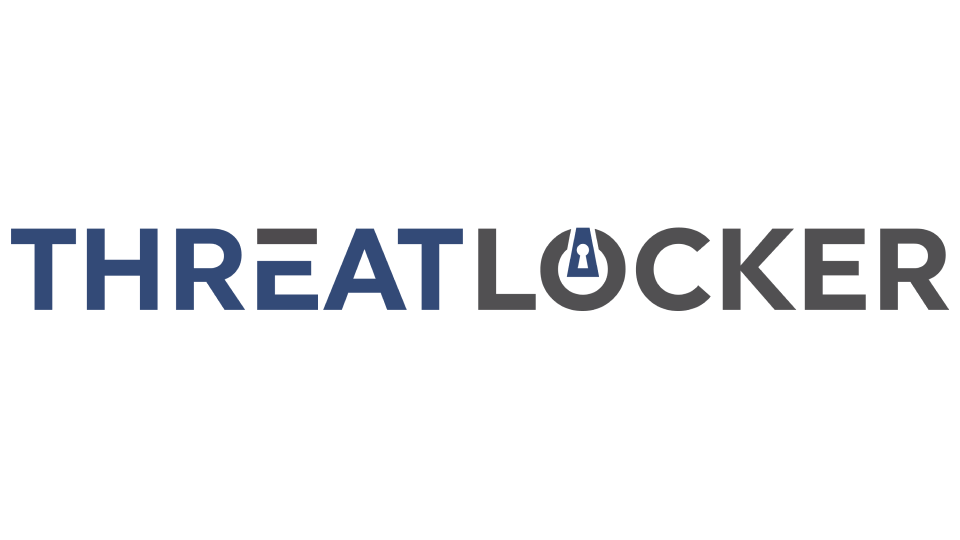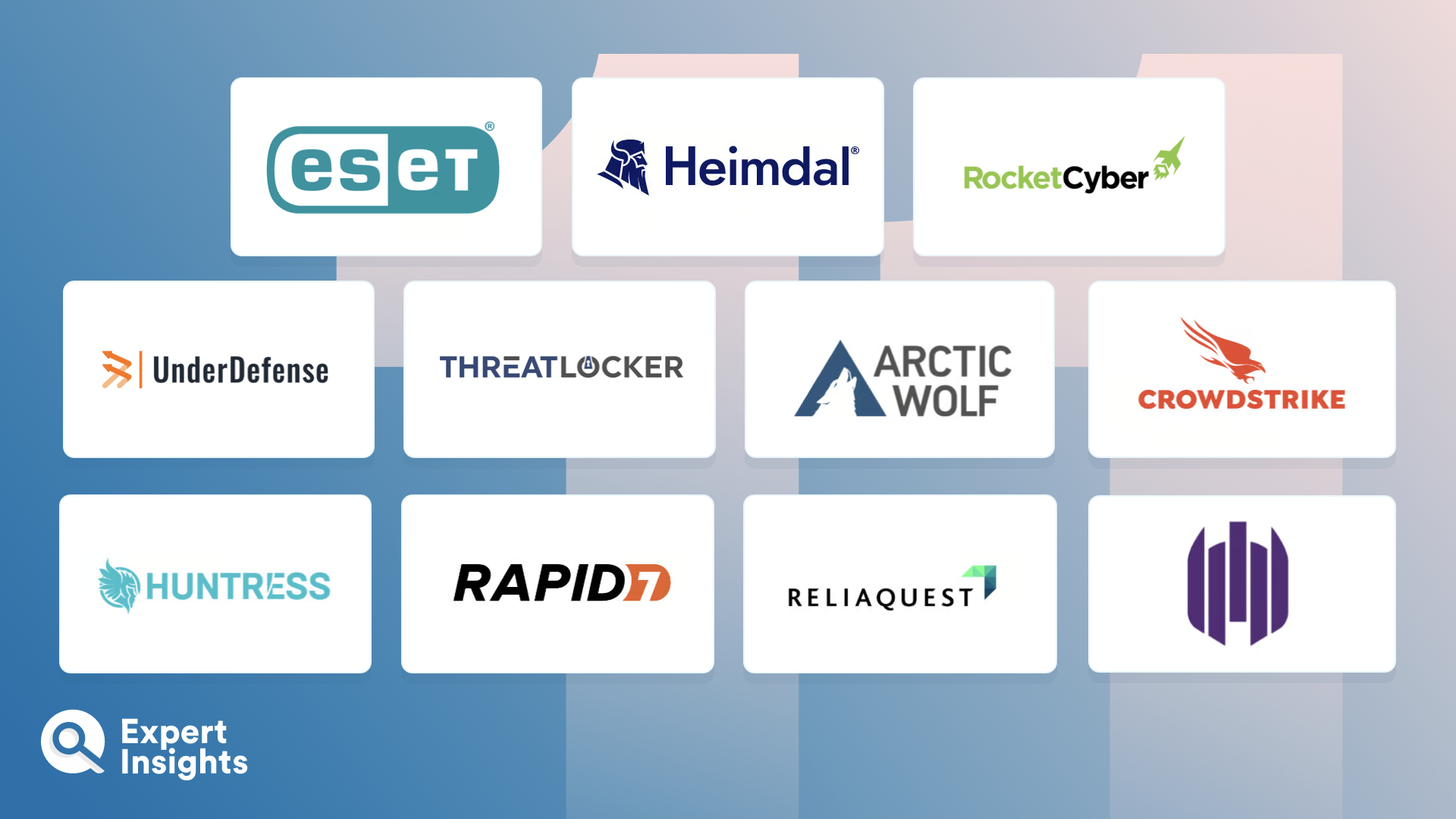Managed Detection and Response: Everything You Need To Know (FAQs)
What Is Managed Detection And Response (MDR)?
Managed detection and response (MDR) are outsourced, specialized cybersecurity services, which use combination of machine learning, artificial intelligence, edge computing, and human intelligence to discover and remediate against cyber-threats. MDR services connect organizations to highly trained IT staff who can help to monitor, analyze, and respond to incidents and anomalies in their network.
How Does MDR Work?
The best MDR providers implement a wide range of advanced tools as well as offer highly skilled and trained staff to be able to monitor, detect, prioritize, investigate, and remediate threats appropriately and effectively. They utilize artificial intelligence and machine learning tools to automate network scanning and threat detection, and to reduce the overall number of alerts. The human side of MDR consists of threat hunters, data analysts, security analysts, and more to provide specialized insight and problem–solving expertise, to help analyze threats and implement the most efficient, effective incident response workflows.
What Features Should You Look For In An MDR Solution?
A Managed Detection And Response (MDR) solution gives you comprehensive threat detection and remediation capabilities, managed for your organization by a team of security experts. When choosing an MDR solution to partner with, there are some key features to consider:
- Threat hunting and alert prioritization
- Information analysis, triage, and reporting
- Automatic, facilitated, and managed remediation options
- 24/7 Support team on-hand
- Vulnerability insights
The main reason for deploying an MDR solution is to quickly identify and remove network threats. Because of this, threat hunting, alerting, information triage, and managed threat remediation is extremely important. Choosing an MDR is also about finding the right partner for your business, so it’s also important to consider the credibility of the managed service, your organizations specific requirements and scale, and of course the cost of the MDR solution.
The Benefits Of MDR
Threat Hunting
Perhaps the most crucial task completed by MDR services is threat hunting. MDR services proactively seek out potential and emerging known and unknown threats. They aggregate activity data from a wide variety of sources—such as logs, events, endpoints, and user behavior—and analyze that data for vulnerabilities and indicators of active threats. This continuous, extensive approach to threat hunting makes MDR particularly adept in finding advanced and sophisticated threats, such as zero-day malware.
The round-the-clock threat hunting also helps for threats to be discovered and responded to far quicker, meaning the issue can be solved much faster, thereby reducing its overall impact. MDR solutions can also perform dark web monitoring, target- and risk-based threat hunting, Digital Asset Monitoring, and domain registration monitoring.
Data Collection
In order for MDR services to stay one step ahead of the curve, they need to aggregate a lot of data from a wealth of sources to provide detailed forensics about all threats–both new and old. MDR services collect data from assets, user behavior, events, files, logs, endpoints, and any other network activity. They also consult heavily with shared lists on known and emerging threats, and often will regularly trawl the dark and deep web to detect if company information is being misused at any point. This data collection isn’t just stored and left, however; MDR staff also use it for research.
Threat Intelligence
For MDR teams to be able to respond to threats as appropriately and as quickly as possible, they rely heavily on threat intelligence. Threat intelligence pertains to the data that is collected, processed, and analyzed to learn and understand a particular attacker’s target, motive, behavior, and patterns of attack. This information is analyzed to help SOC and MDR teams further understand how threat actors operate, helping them in turn to make quicker and more informed responses to (and anticipate) threats and develop prevention strategies.
For more on what threat intelligence is and what types of intelligence your SOC team may benefit from, read more in our blog here: What Is Cyber Threat Intelligence?
Incident Analysis
MDR solutions provide companies with access to a team of experts who meticulously research incidents as they occur, allowing for them to prioritize threats and assess what the best course of action is to respond to an attack and devise guided responses.
Incident Response
And of course, it’s no good just to have a highly skilled and full kitted out team to just deliver extensive reporting and analysis. MDR services also provide incident response, either through immediate automated response from tools that nip emerging threats in the bud or through a team analyzing and remediating more sophisticated threats that need a pair of human eyes on them. The organization experiencing the breach will be notified and supplied with a root cause analysis and remediation recommendations and toolkits to solve the problem, with some MDR services actually remediating the breaches themselves.
Generally, the quicker the responses to incidents, the greater the reduction in the overall impact a threat can have on a network.
Security Monitoring
MDR services, in addition to threat hunting and responding to said threats, can also be proactive in the actual prevention of attacks. They offer vulnerability management, pointing out to organizations where security may be lacking and offering solutions to patch these oversights. They, of course, also perform dedicated, constant security monitoring of an organization’s network perimeter, network activity, endpoints, and more.
What Does A Good MDR Service Look Like?
The tools, staff, and capabilities that make up the framework may vary between solutions, but there are some critical features that you need to look out for when choosing an MDR provider:
Adaptability
Good MDR services tend to not overcomplicate things. Rather than tearing out your security architecture and building something from scratch, MDR services tend to make things more manageable by building on what you already have. If appropriate solutions aren’t in place, then MDR services can help you to devise and build your security framework. Most MDR services also have a range of deployment options, covering on-prem, cloud, hybrid, and public environments.
Visibility
Coverage and insights into network activity need to be not only in depth but wide reaching, leaving no stone unturned. MDR services should be applied to every single part of the network, regardless of whether it’s cloud to on-prem, from behind a data center to every single endpoint.
MDR solutions pull data and analytics from every reach of the network and all their threat intelligence from a variety of sources. Good MDR services should provide organizations all of this within a single, intuitive, and clean dashboard that is easy to navigate and understand.
Round-The-Clock Monitoring
Attacks come from all angles and at all hours. MDR revolves around constant detection, investigation, and response. Cyberthreats don’t sleep and neither do MDR services; MDR provides 24/7/365 analysis and response, making sure that organizations are protected at all times. This round-the-clock support is delivered by robust, automated tools that actively hunt for threats and remediate them where they can when no human input is necessary, and a team that covers all hours of the day.
Alongside these benefits, MDR services also bring valuable insights and extensive reporting to the table that wouldn’t necessarily be available from just automated reports or from an in-house team. They can also help devise custom responses to incidents, ensuring a more targeted and effective approach to remediation.


















